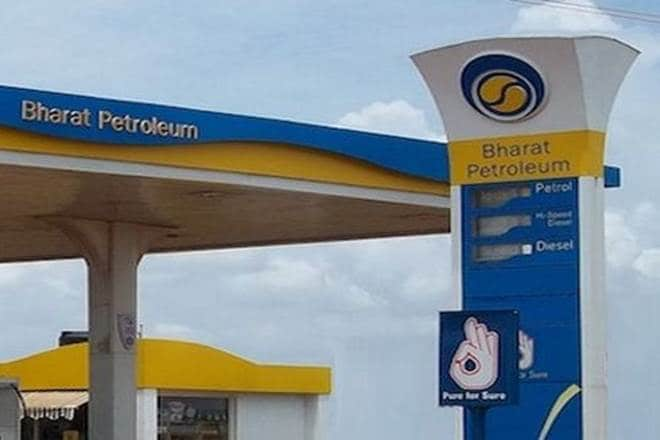Preparing for the rainy day has become one of the priorities for India’s oil marketing companies (OMCs). With the drive for clean energy, as also finite resources, making the future of fossil fuels uncertain, the public sector giants are steadily positioning themselves as petrochemical-makers.
In partnership with the Rajasthan government, the Hindustan Petroleum Corporation started work last month on the country’s first greenfield integrated refinery-cum-petrochemical plant at Barmer. The project would entail investment of more than Rs 40,000 crore. The Bharat Petroleum Corporation has petrochemical projects planned at Kochi in Kerala and Bina in Madhya Pradesh. The first phase of the Kochi project would see investment of Rs 5200 crore and is expected to be complete by 2019. The Bina unit is likely to witness an investment of Rs 7,000 crore. The Indian Oil Corporation, which is making a massive investment for the Paradip integrated refinery — around Rs 15,000 cr on petrochemicals — plans to pump in another Rs 32,000 crore on petrochemical capacity until 2022-23.
“We are not reducing our fuel output. Production of both fuels and petrochemicals would go up, though the future refineries would entail greater petrochemical output than earlier. The refineries would have an inherent flexibility and so, if fuel growth stagnates 10 years down the line, we would have the option to produce more petrochemicals. I am not expecting fuel demand to become zero but coming down by, say, 10%,” says Sanjiv Singh, chairman, IOC. Needless to say, growing demand for petrochemicals is the primary reason for this shift in thrust. The 30-mn-tonne-a-year petrochemical market is expected to grow 9% annually to a 40-mn-tonne-a-year market by 2019-20. India’s per capita polymer consumption is a meagre 10 kg compared with the global average of 35 kg. Given the Centre’s push for agriculture and infrastructure, apart from healthcare, textiles and consumer durables, the demand for petrochemicals is set to grow exponentially. It is estimated that every kg increase in per-capita demand would require capacity addition of 1.21 mn tonne per annum.
“Notwithstanding the upcoming West Coast Refinery and Petrochemicals at Ratnagiri, there would be a significant gap between demand and supply of petrochemicals in the coming years,” says Singh. The 2017-18 capital expenditure plans of OMCs for petrochemicals were revised by more than 50% to Rs 2,156 crore from the budget estimate (BE) of Rs 1,431 crore. At Rs 3,952 crore, the BE for 2018-19 is 83% higher than the RE for FY17-18.
But the government’s drive for cleaner fuel — for instance, the railways, which need diesel worth more than Rs 17,000 crore every year, are looking at 100% electrification — is very much a part of the OMCs’ roadmap. According to a petroleum ministry official, all refineries would need to be configured for lower petrol and diesel demand and a switch to greater petrochemical production. Singh sums it up well when he says, “we will not wait for the disruption to happen.”


